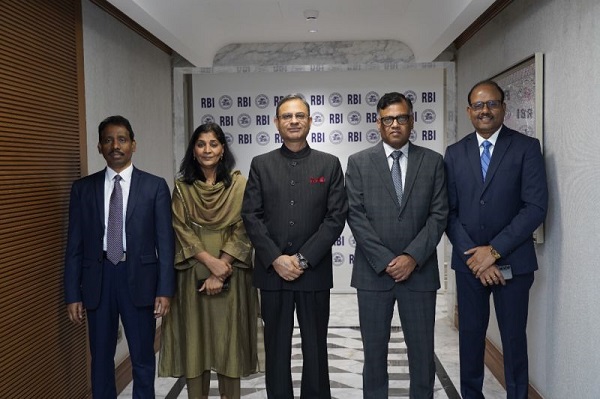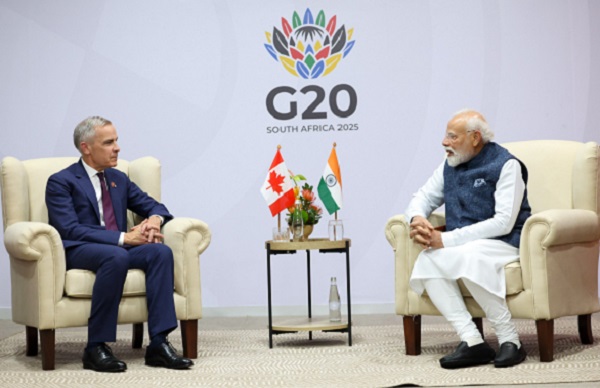.png)
July 23, 2025 at 12:39 PM IST
The need to refine inflation expectation surveys and adjustment techniques is gaining importance as household responses continue to diverge from actual inflation outcomes. The RBI’s recent study on household inflation expectations highlights this gap and suggests that improved methods are necessary to capture how Indian households perceive price dynamics.
The analysis finds that household inflation expectations in India tend to remain high even during periods of stable prices and diverge significantly from the expectations of professionals. This persistent gap reflects differences in exposure, income patterns, and information access. Men, older individuals (aged 45 and above), self-employed persons, and daily wage workers—groups often reliant on variable incomes—tend to expect higher inflation. In contrast, younger and salaried respondents, typically more connected to financial and social information networks, report expectations closer to actual inflation.
The study also finds that India's shift to the flexible inflation targeting regime has had a moderating effect on household expectations. Along with fiscal actions like export bans and lower import duties, the flexible inflation targeting framework has helped reduce both the overall level of inflation expectations and the range of responses across different groups. However, external shocks, such as those triggered by the pandemic and geopolitical tensions, have kept inflation expectations high, especially in headline, food, and housing categories.
Food price volatility plays a key role in shaping short-term expectations. The analysis shows that a rise in food inflation, especially during periods of supply disruption or adverse weather, increases short-term inflation expectations. These patterns suggest that households form expectations based largely on volatile components like food and fuel, reinforcing the need for headline inflation to remain the central focus of monetary policy communication.
Despite progress in anchoring expectations under the flexible inflation targeting regime, the study notes that household responses often reflect systematic biases. Even after removing extreme responses from the data, inflation expectations remain elevated. This behaviour points to the non-rational nature of many household responses and the limits of policy transmission through conventional interest rate moves alone.
The implications for policymakers are significant. Managing inflation expectations effectively requires more than just monetary policy adjustments. It also calls for better understanding of how different demographic groups process inflation-related information. Surveys must evolve to account for this heterogeneity, using more targeted questions and refined data analysis to capture how inflation expectations are shaped at the household level.
Clear and consistent communication from monetary authorities becomes critical in this environment. The study underlines that transparency about inflation goals, coupled with timely interventions, can help reduce the disconnect between perceived and actual inflation trends. Financial literacy campaigns may also help bridge this gap, especially among segments that show higher sensitivity to price movements.
While India’s monetary policy framework has succeeded in reducing inflation volatility and guiding expectations at an aggregate level, further efforts are needed to understand and manage the behavioural aspects of household expectations. Improved survey design, better data practices, and focused policy communication can strengthen the credibility of inflation targeting and ensure that household sentiment aligns more closely with economic realities.



